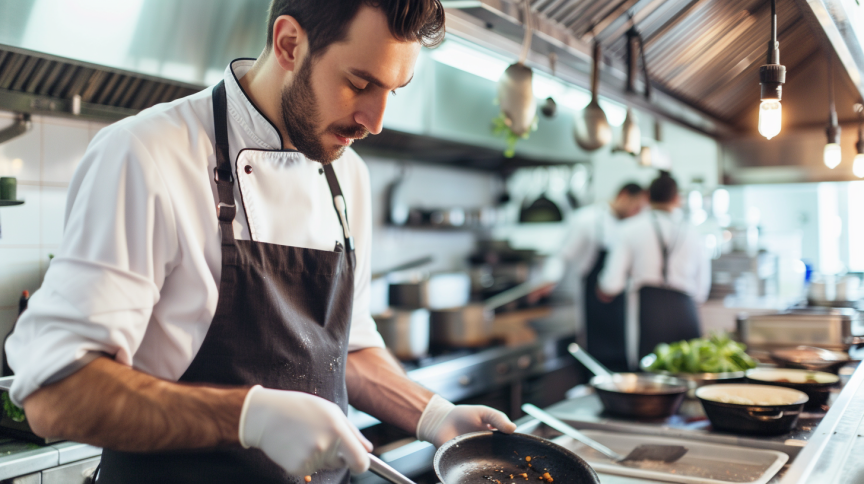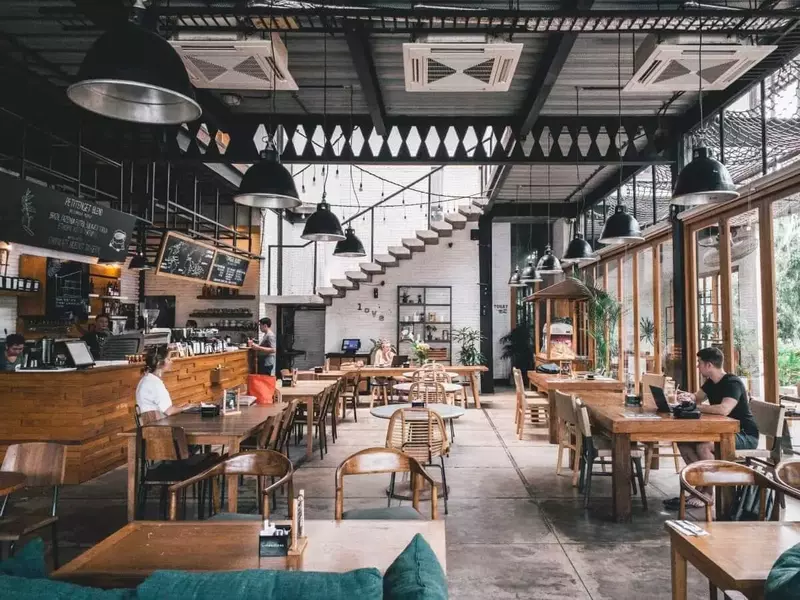Expert Guide to Preventing Foodborne Illness in Restaurant

Food is one of the most important things that we all need to stay alive, but if you don’t handle food safely, it can also carry germs that can be dangerous to your health. Bacteria like E. coli and salmonella love to live on food, and if we eat them, we can get sick or even die. That’s why preventing foodborne illness in restaurants and households is crucial. But it isn’t too hard to make sure that your food is safe to eat. You just need to follow some basic food safety rules.
- Around the world, 420,000 people die each year because of unsafe food.
- Foodborne illnesses sicken about 4 million Canadians each year.
- The most common germs behind foodborne illnesses are norovirus, listeria, salmonella, and E. coli.
Because they serve a lot of people out of one kitchen, restaurants can be a big source of foodborne illness if they don’t do everything that they should to keep people safe. That’s why local and regional authorities inspect restaurants regularly to make sure that they’re handling food properly. Kitchen staff are trained in how to cook food to safe temperatures, how to keep germs on one food from transferring to others, and how to safely store food before it’s cooked.
- Restaurants are usually inspected at least once a year. Other businesses that serve food, like cafeterias, convenience stores, and nursing homes, are also inspected regularly.
- Temperatures are closely monitored in a restaurant kitchen. The danger zone is between 4 and 60 degrees Celsius (40 to 140 degrees Fahrenheit); cold foods should be kept below 4 degrees, and hot foods should be kept above 60 degrees.
- Frequent handwashing is very important in a restaurant kitchen. Using separate cutting boards for raw meats, cooked meats, and raw fruits and vegetables can also help to minimize the spread of germs.
- Whenever food enters the kitchen, it must be clearly labeled with the date it arrived and its expiration date so it can be used before it goes bad.

Just because nobody is inspecting your kitchen at home doesn’t mean that you shouldn’t be just as careful about food safety. Four key words you should remember are clean, separate, cook, and chill: Those are the four major steps you need to take to ensure that the food that you cook for yourself and your friends and family is safe to eat.
- Clean: Wash your hands before you cook anything, and make sure that everything you’re going to be using, like plates, cutting boards, measuring cups, and utensils, is clean. Then, wash any fruits and vegetables that you’re planning to eat or cook.
- Separate: Keep raw foods away from cooked ones. Raw meats should get their own cutting board, separate from the one you use for raw fruits and vegetables. Cooked meats should also be kept away from anything that touches raw meats. And never reuse a marinade that has touched raw meat unless you boil it first to kill any germs it might contain.
- Cook: Make sure that all meats are cooked to a safe internal temperature. For beef, that’s at least 63 degrees (145°F); for pork or any ground meat, it’s 71 degrees (160°F); for fish, it’s 70 degrees (158°F); for shellfish, it’s 74 degrees (165°F); and for poultry, it’s 74 degrees (165°F).
- Chill: Cooked foods should go into the fridge or the freezer within two hours of being cooked. Cold foods that you bring home from the grocery store should be chilled right away. And frozen foods that need to be thawed should always be thawed in the fridge or in cold water. Never leave food sitting out on the counter at room temperature; that’s the perfect temperature for germs to grow.
Additional Tips and Resources
- Refrigerator and Freezer Storage Guidelines for Restaurants
- Are You Properly Cleaning and Sanitizing Your Kitchen Surfaces?
- Common Food Safety Mistakes Made in Restaurants
- Food and Kitchen Hygiene
- Food Safety Plan Workbook for Restaurants
- Restaurants for Sale in Ontario
- What Are the Most Common Causes of Food Poisoning in Canada?
- Safe Cooking Temperatures
- Food Safety: Easy Ways to Make Food Safer
- Food Safety and Children
- The Importance of Food Safety: Five Easy Tips to Follow
- Preparing Foods Safely
- Food Safety at Home: Your Guide to Safe Food Handling
- Four Steps to Better Food Safety
- Using Food Thermometers for Safe Cooking
- Food Safety Guidelines
- Food Safety in the Home
- Food safety (who.int)







